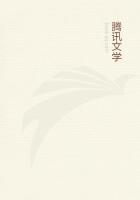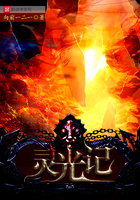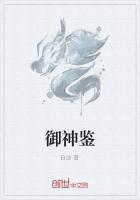The *** of the egg is optional. The choice rests with the mother, who is guided by considerations of space and, according to the accommodation at her disposal, which is frequently fortuitous and incapable of modification, places a female in this cell and a male in that, so that both may have a dwelling of a size suited to their unequal development. This is the unimpeachable evidence of the numerous and varied facts which I have set forth. People unfamiliar with insect anatomy--the public for whom I write--would probably give the following explanation of this marvellous prerogative of the Bee:
the mother has at her disposal a certain number of eggs, some of which are irrevocably female and the others irrevocably male: she is able to pick out of either group the one which she wants at the actual moment; and her choice is decided by the holding capacity of the cell that has to be stocked. Everything would then be limited to a judicious selection from the heap of eggs.
Should this idea occur to him, the reader must hasten to reject it.
Nothing could be more false, as the merest reference to anatomy will show. The female reproductive apparatus of the Hymenoptera consists generally of six ovarian tubes, something like glove-fingers, divided into bunches of three and ending in a common canal, the oviduct, which carries the eggs outside. Each of these glove-fingers is fairly wide at the base, but tapers sharply towards the tip, which is closed. It contains, arranged in a row, one after the other, like beads on a string, a certain number of eggs, five or six for instance, of which the lower ones are more or less developed, the middle ones half-way towards maturity, and the upper ones very rudimentary. Every stage of evolution is here represented, distributed regularly from bottom to top, from the verge of maturity to the vague outlines of the embryo. The sheath clasps its string of ovules so closely that any inversion of the order is impossible.
Besides, an inversion would result in a gross absurdity: the replacing of a riper egg by another in an earlier stage of development.
Therefore, in each ovarian tube, in each glove-finger, the emergence of the eggs occurs according to the order governing their arrangement in the common sheath; and any other sequence is absolutely impossible. Moreover, at the nesting period, the six ovarian sheaths, one by one and each in its turn, have at their base an egg which in a very short time swells enormously. Some hours or even a day before the laying, that egg by itself represents or even exceeds in bulk the whole of the ovigenous apparatus. This is the egg which is on the point of being laid. It is about to descend into the oviduct, in its proper order, at its proper time; and the mother has no power to make another take its place. It is this egg, necessarily this egg and no other, that will presently be laid upon the provisions, whether these be a mess of honey or a live prey; it alone is ripe, it alone is at the entrance to the oviduct; none of the others, since they are farther back in the row and not at the right stage of development, can be substituted at this crisis. Its birth is inevitable.
What will it yield, a male or a female? No lodging has been prepared, no food collected for it; and yet both food and lodging have to be in keeping with the *** that will proceed from it. And here is a much more puzzling condition: the *** of that egg, whose advent is predestined, has to correspond with the space which the mother happens to have found for a cell. There is therefore no room for hesitation, strange though the statement may appear: the egg, as it descends from its ovarian tube, has no determined ***. It is perhaps during the few hours of its rapid development at the base of its ovarian sheath, it is perhaps on its passage through the oviduct that it receives, at the mother's pleasure, the final impress that will produce, to match the cradle which it has to fill, either a female or a male.
Thereupon the following question presents itself. Let us admit that, when the normal conditions remain, a laying would have yielded m females and n males. Then, if my conclusions are correct, it must be in the mother's power, when the conditions are different, to take from the m group and increase the n group to the same extent; it must be possible for her laying to be represented as m-1, m-2, m-3, etc.
females and by n+1, n+2, n+3, etc. males, the sum of m+n remaining constant, but one of the ***es being partly permuted into the other.
The ultimate conclusion even cannot be disregarded: we must admit a set of eggs represented by m-m, or zero, females and of n+m males, one of the ***es being completely replaced by the other. Conversely, it must be possible for the feminine series to be augmented from the masculine series to the extent of absorbing it entirely. It was to solve this question and some others connected with it that Iundertook, for the second time, to rear the Three-horned Osmia in my study.
The problem on this occasion is a more delicate one; but I am also better-equipped. My apparatus consists of two small, closed packing-cases, with the front side of each pierced with forty holes, in which I can insert my glass tubes and keep them in a horizontal position. Ithus obtain for the Bees the darkness and mystery which suit their work and for myself the power of withdrawing from my hive, at any time, any tube that I wish, with the Osmia inside, so as to carry it to the light and follow, if need be with the aid of the lens, the operations of the busy worker. My investigations, however frequent and minute, in no way hinder the peaceable Bee, who remains absorbed in her maternal duties.














